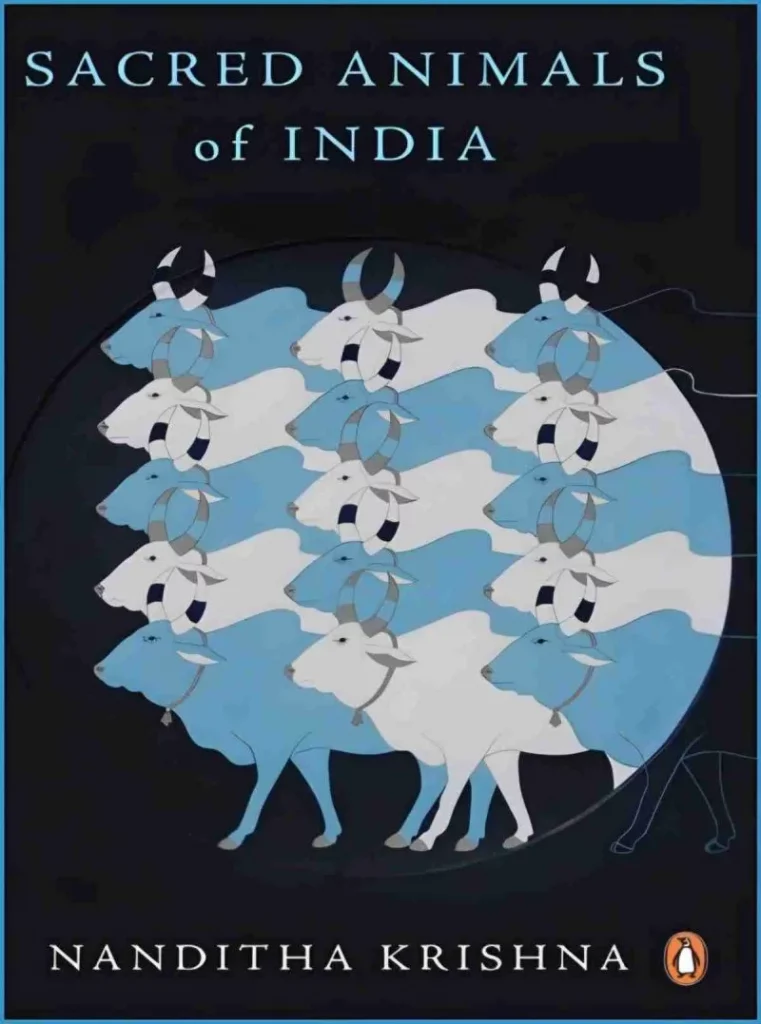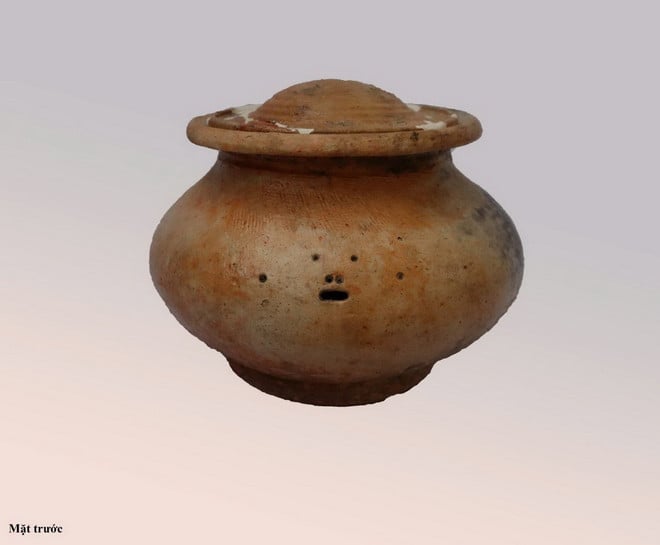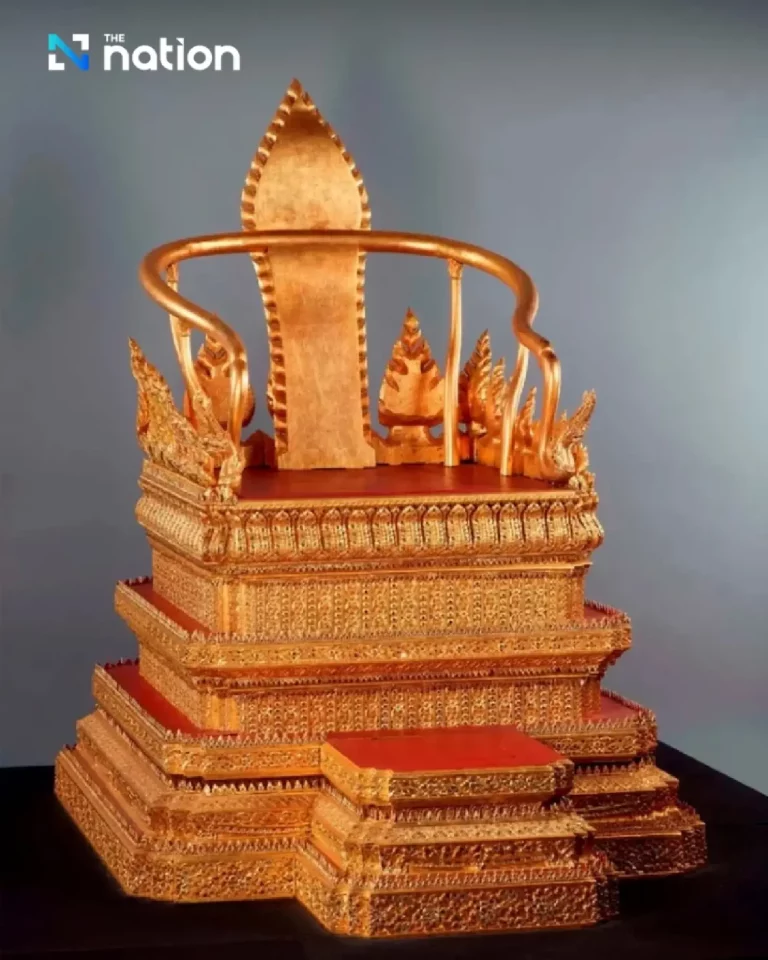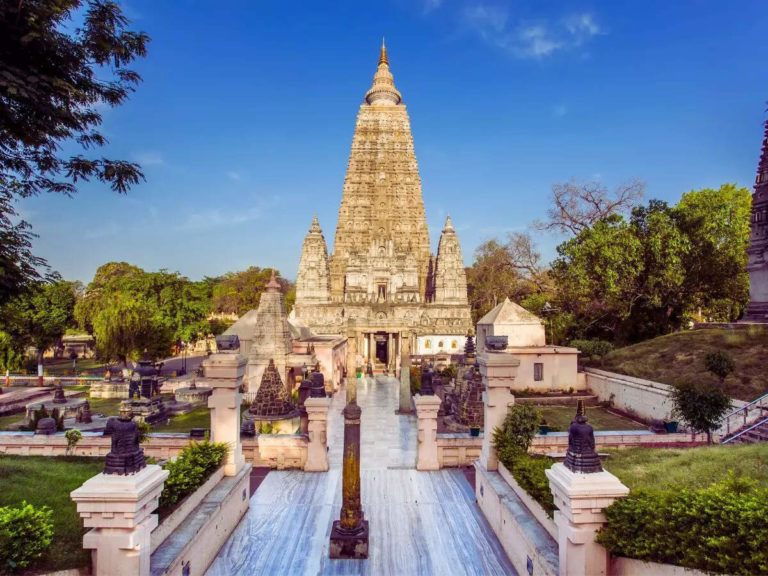2008.
244 pages, illustrated. $14.00 U.S. Kindle; $14.95 paperback.
Reviewed by Merritt Clifton
Sacred Animals of India, continuously in print now for 15 years, “was to have been ready in time for the Asia for Animals conference held in January 2007 at Chennai,” prefaces author Nanditha Krishna. “However, when I began researching the subject, I discovered a wealth of material that was impossible to ignore. So I decided not to rush, and to cover the subject in greater depth. ”

Nanditha Krishna (left); Chinny Krishna (right.)
A prominent cultural anthropologist, Nanditha Krishna had actually been researching Sacred Animals of India, if not in a specific, focused way, for most of her life. She is author of many previous books on related subjects, was a nationally distributed newspaper columnist, was a longtime member of the board of directors of the Central Zoo Authority in India, and served for years on the board of World Wildlife Fund India.
Her husband of 50 years is Blue Cross of India chief executive Chinny Krishna.
All of this background helps to inform Sacred Animals of India.
No differentiation between the souls of humans & the souls of animals
Hinduism, Buddhism, and Jainism, the three ancient religions of India, “have never differentiated between the soul of a human being and the soul of an animal,” Nanditha Krishna opens.
“Many and perhaps most of the prominent people in Indian history and mythology are believed to have had multiple animal incarnations. Stories of their animal past are often incorporated into their biographies.
“The Buddha,” for instance, “is believed to have been a white elephant before his birth as the human prince Siddhartha, and to have been a golden peacock and to have had 18 lives as a monkey before becoming the elephant.
“In Indian tradition there are several types of roles assumed by animals, ” Nanditha Krishna explains. “First, there are those who are gods themselves: the elephant god Ganesha and the monkey god Hanuman are the better known ones, although animals like the tiger and the blackbuck are equally sacred in their local milieu. The qualities of the animals are assumed by the animal deity, and an elaborate mythology built around them.
“Equals, inferiors, or companions”
“Then there are the vahanas or vehicles of the gods, who may be equals, inferiors, or companions. Some like the bull and eagle started off as equal companions of Shiva and Vishnu, respectively, although they were relegated to minor roles as the cults of Shiva and Vishnu grew. Many were probably totemic figures who acquired a lower position as they were absorbed by the wider Hindu pantheon. The totemic tradition was more widespread than is generally perceived,” Nanditha Krishna notes, pointing out the animal origins of many common Indian names.
“The third role played by animals is as friend and companion,” Nanditha Krishna continues, observing that many Indian mythological figures had animals in roles filled in other cultures by human associates and many also had at least one dog.
Buffalo demon
“Some animals were regarded as demons. This is best illustrated by Mahisha the buffalo demon, ruler of ancient Mysore, who was defeated in a terrible battle by Durga, a myth embodying the conflict between herders and agrarians. The herders lost. Their god became a demon, but Mahisha lives on,” Nanditha Krishna mentions, as the buffalo god of several tribal minorities.
Being regarded as a sacred animal helps to protect some species, but not always.
“In many Indian societies, especially in the rural parts of the country,” Nanditha Krishna explains, “animals are sacrificed to deities. Each slaughtered animal receives divine honors,” but this is of little value in preventing animal suffering.
Abolishing animal sacrifice
On the other hand, some reformers have succeeded in persuading practitioners of animal sacrifice that slaughter is not an essential part of veneration. Most of the animals who are today protected by Hindu, Buddhist, and/or Jain tradition were once commonly sacrificed, including cows in early Vedic times.
Abolishing animal sacrifice and meat-eating were among the earliest themes in recorded Indian history.
“A unique aspect of Indian culture is its abhorrence for killing very early in its development,” Nanditha Krishna writes.
“Although the Aryas, who were among the earliest literate Indians, arriving around 1,500 B.C., were not vegetarians, the concept of non-killing enters Indian thought process very early. The earliest literature, the Rig Veda, condemns all forms of killing, even for food, even to the extent of preferring vegans to drinkers of milk.”
Conflict between meat-eaters & vegetarians
Indian cultural evolution has centered on conflicts between meat-eaters and vegetarians ever since. Examples include the development and divisions of castes, which are differentiated by diet as well as ancestry and traditional occupations; the anti-sacrificial movements that became Buddhism and Jainism; and resistance to meat-eating foreign influences, including invasions by Muslims and governance by Britain.
Sacred Animals of India could conceivably be expanded into an encyclopedic history of animals in Indian culture, especially by delving further into regional nuances which Nanditha Krishna mentions mostly in passing. As it stands, Sacred Animals of India is a succinct introduction, briefly outlining the beliefs associated with 52 species, noting major variations of belief and associated controversies, but not lingering long on any one topic.
In the beginning
The opening chapter, to a non-Indian, can be a bit like landing in India as a first-time visitor. Few of the polysyllabic names will be familiar. Allusions to characters and legends known to almost every Indian, but little known elsewhere, come with dizzying frequency.
The alphabetical organization of the book doesn’t help, since several species of relatively minor significance are introduced ahead of those whose chapters help to put the rest in context.
In view of the competing beliefs of adherents to different branches of Hinduism, organizing Sacred Animals of India alphabetically may have been unavoidable to avoid offense, but non-Indian readers will probably find it easier to read if they begin with the mid-text chapters on cows and Lord Krishna, Ganesha and elephants, and Hanuman and monkeys , including the story of Rama.
Lord Hanuman

Hanuman
“The true hero of the Ramayana is Hanuman,” Nanditha Krishna writes, “who is flawless, with superhuman skill which he uses for the triumph of truth and goodness and the destruction of evil represented by demons. So popular is Hanuman that he and his exploits have been held up as role models through centuries,” and is even credited as “the ninth author of grammar.”
Once these relatively universal stories are understood, the rest sort themselves out. Indian mythology is not really unfathomable chaos, contrary to initial impression. The mythical and historical roles of animal species ubiquitous to the subcontinent are among the links that hold the otherwise bewildering variations of Hindu identity together.
Explanations of Hinduism typically begin with a shared belief in reincarnation, but could as easily begin with a structure that for thousands of years has enabled the mainstream to assimilate minority beliefs by grafting their teachings into shared mythology.
Roles have been found for each totemic species in the stories of Krishna, Ganesha, Hanuman, and Rama, reflective of the roles and status of the people who venerate the totems.
Absorbed mythology of other cultures
Along the way, Hinduism has shared or absorbed huge portions of the mythology of other cultures. Nanditha Krishna frequently notes parallels with Zoroastrian traditions native to Persia, and some similarities to Egyptian beliefs emerging in early pharonic times.
The Biblical story of Noah and the Great Flood appears in Vedic literature as the story of Manu, and in a variant, the story of Satyavrata. The role of the dove in the Biblical version belongs to the blood pheasant (so-named for coloration) among the Lepcha people of Sikkim.
The apparent migration of mythology from the Middle East through Central Asia to India is consistent with the evidence that India was peopled by successive invasions from the west, as well as with the importance in more recent times of two-way trade between India and the Middle East.
Garuda & Naga
There are hints, which Nanditha Krishna does not explore, that some of the myths underlying Hinduism were carried farther to the east and then north, in very early times, by ancestors of the people who eventually inhabited the Americas. The role of the tortoise who swims with a mountain on his back during the churning of the oceans, a creation story, closely parallels the Native American belief that the earth is carried on the back of a giant sea turtle.
The stories of Garuda, the great raptor, and Naga, the snake, resemble Navajo and Hopi myths, and have similar variations in interpretation among tribes of conflicting totems.
The major point of interest in cultural teachings about animals from an animal advocacy perspective is the potential use of popular stories as a foundation for advancing the general idea that animals should be kindly treated, and where possible, advancing specific prohibitions of cruelty.
Relevance today
Nanditha Krishna notes many examples where the treatment of supposedly sacred animals is at odds with their divine status.
“India had a rich tradition of respecting all life forms,” her preface concludes. “This respect has been destroyed: we have lost our ancient traditions without replacing them with anything similar or better. Unless we protect our wildlife from hunting and extinction, and our domestic animals from cruelty, we are not fit to call ourselves educated, or even a people who inherited a great legacy of ahimsa or non-violence.”
A less pessimistic view would be that as India modernizes and becomes better-educated, teachings about animal divinity are evolving in a manner gradually replacing empty ritual with more meaningful measures to prevent cruelty and protect habitat.
Temples, gaushalas, & sacred groves
For example, the ancient concepts of the roles of temples, gaushalas (cow shelters), and sacred groves provide the cultural basis for establishing charity animal hospitals, shelters, and protected nature areas.
Temples meanwhile mostly long ago ceased functioning as quasi-shelters, hospitals, and hospices, many gaushalas have become commercial dairies barely pretending to shelter any cattle in need, and ancient sacred groves guarded by custom rather than law may now be just a few trees shading outdoor markets.
In ancient times, the wisest and best-educated Indians might have recognized the ecological value of protecting snakes and the economic value of protecting cattle, but even when these ideas were accepted by the public, they tended to take self-contradictory forms.
Two examples still commonly seen are “worshipping” snakes by giving them milk, often by lethal force, and leaving surplus bull calves to starve or dehydrate as temple offerings, rather than kill any bovine.
Breaking traditions that are at odds with intent
Re-educating Indians to practice authentic kindness toward animals, sacred or otherwise, requires breaking traditions that were always at odds with their intent, on the one hand, and introducing more appropriate practices on the other.
The present is a time of transition, in which many old beliefs and practices are visibly eroding, while their replacements have yet to take hold firmly enough to discourage such excesses as animal sacrifice made possible on an unprecedented scale by the advent of trucks to deliver more animals to the altars, from farther away.
Ganesha
Nanditha Krishna mentions in passing the good-humored aspect of Ganesha, and the comic notion that his steed is a mouse, or in some regional variants of his story, a rat.
Discussing humor in religion can be a particularly sensitive issue because of the seriousness with which devotees often take their beliefs, to the point that even mentioning that major religious figures used comic metaphors and made puns tends to be disputed. Depicting religious figures in cartoons––most recently but not exclusively Mohammed––has provoked deadly riots.
Rat worship
Yet humor of the ironic, slapstick, and self-effacing varieties figures prominently in the stories of many species considered sacred in India, including in some traditions which appear to emphasize the importance of kindness over ritual, even if these traditions originally had another meaning.
For instance, Nanditha Krishna writes, “In the town of Deshnoke, in Rajasthan, the Karni Mata temple is devoted to the worship of rats. The 600-year-old temple is dedicated to Karni Mata, a famous mystic of her times, believed to be an incarnation of goddess Durga…It is believed that the rats will reincarnate as sadhus or holy men in their next birth.”
Eccentric as the Karni Mata temple practices are, they remind visitors that no animal is unworthy of kindness, and that no human, however exalted, is above kinship to the humblest and most reviled of animals.




